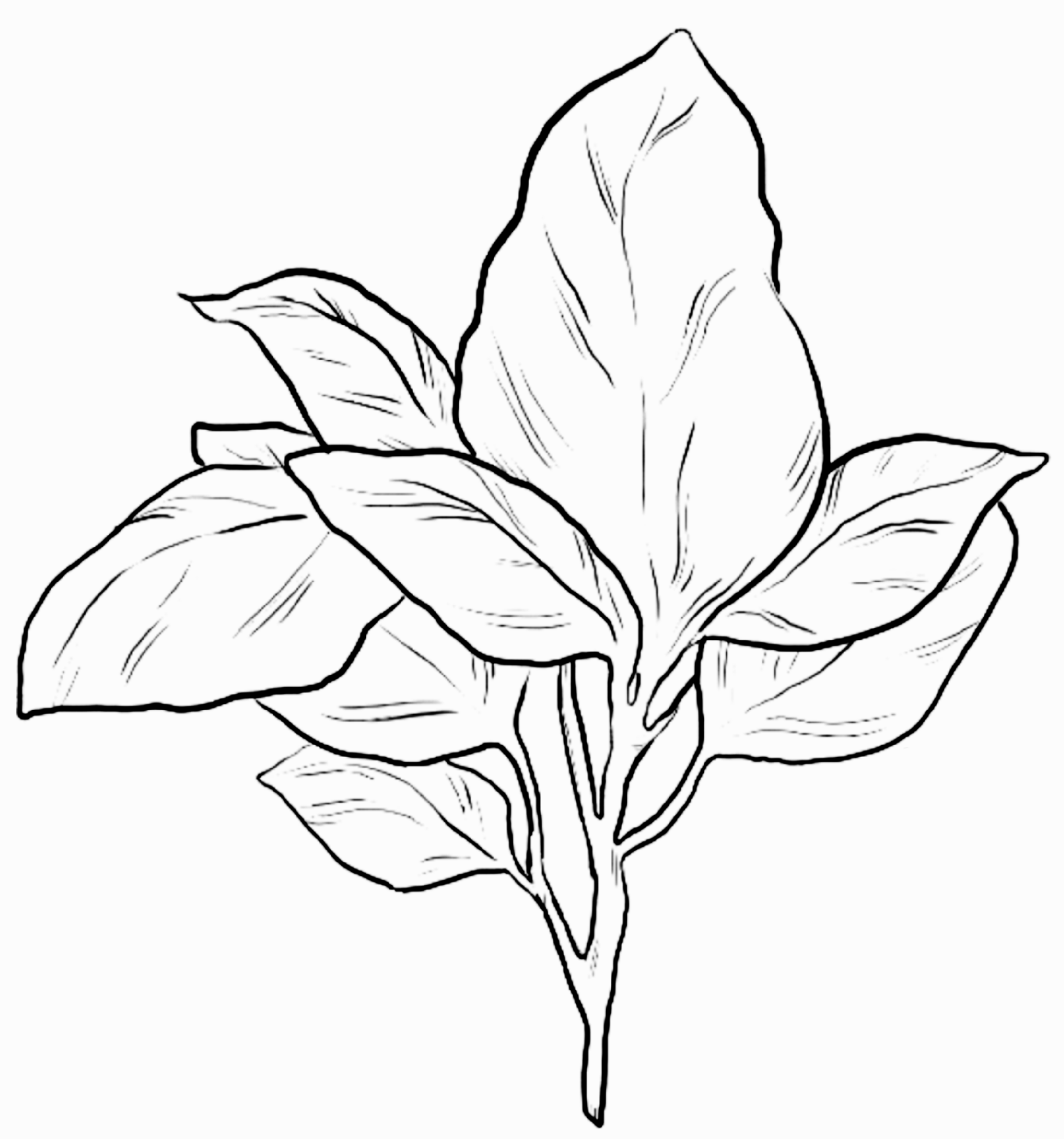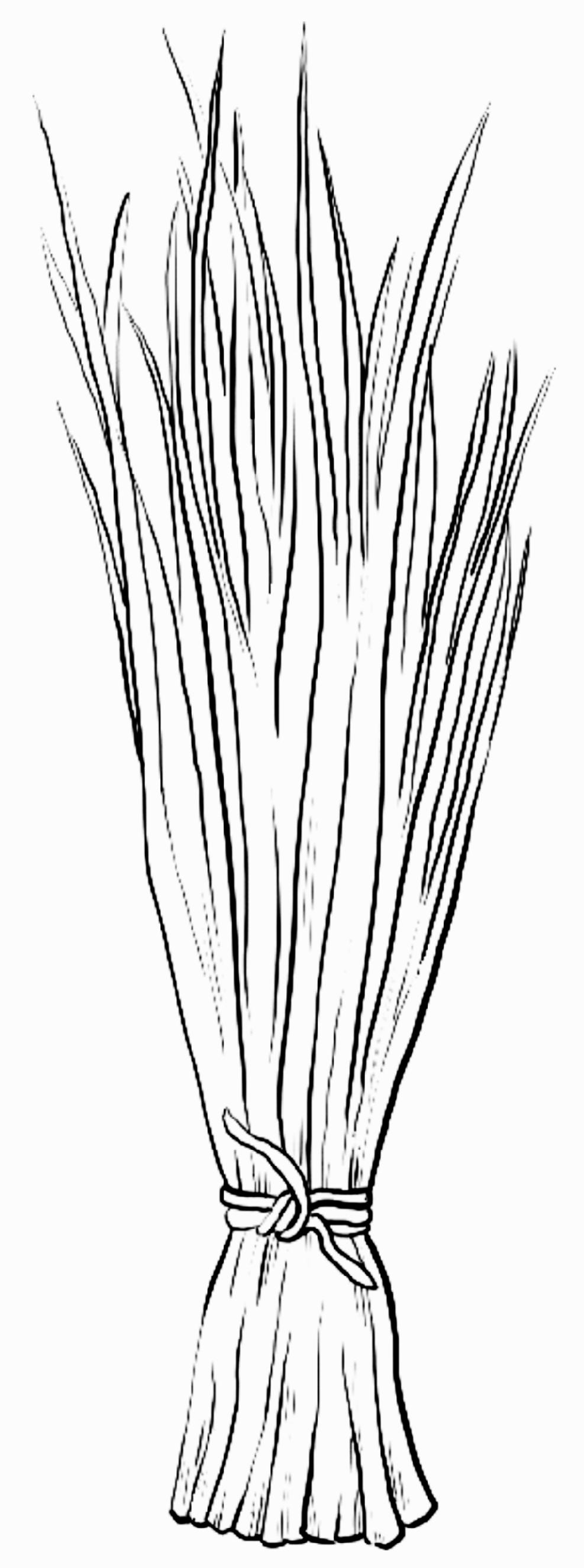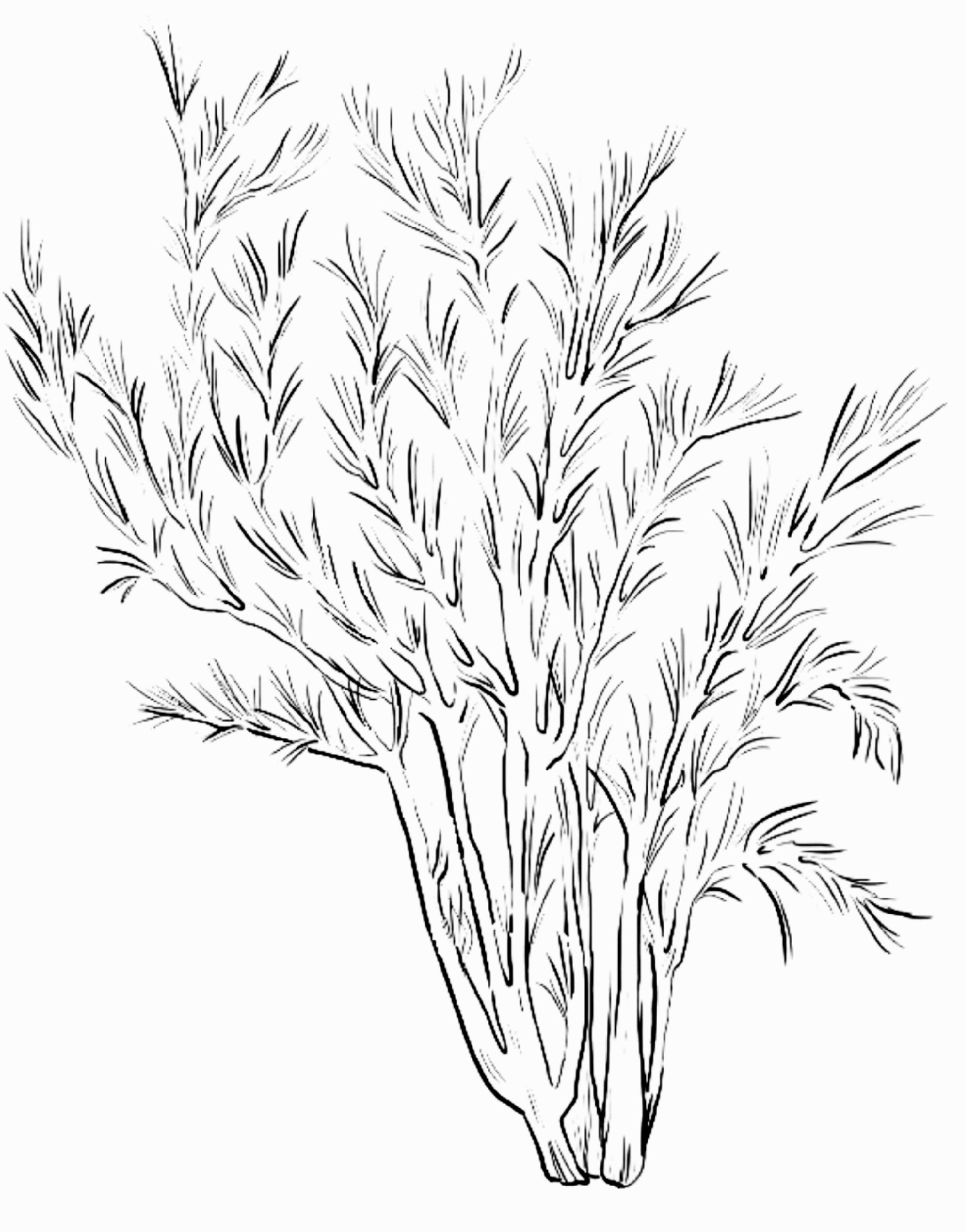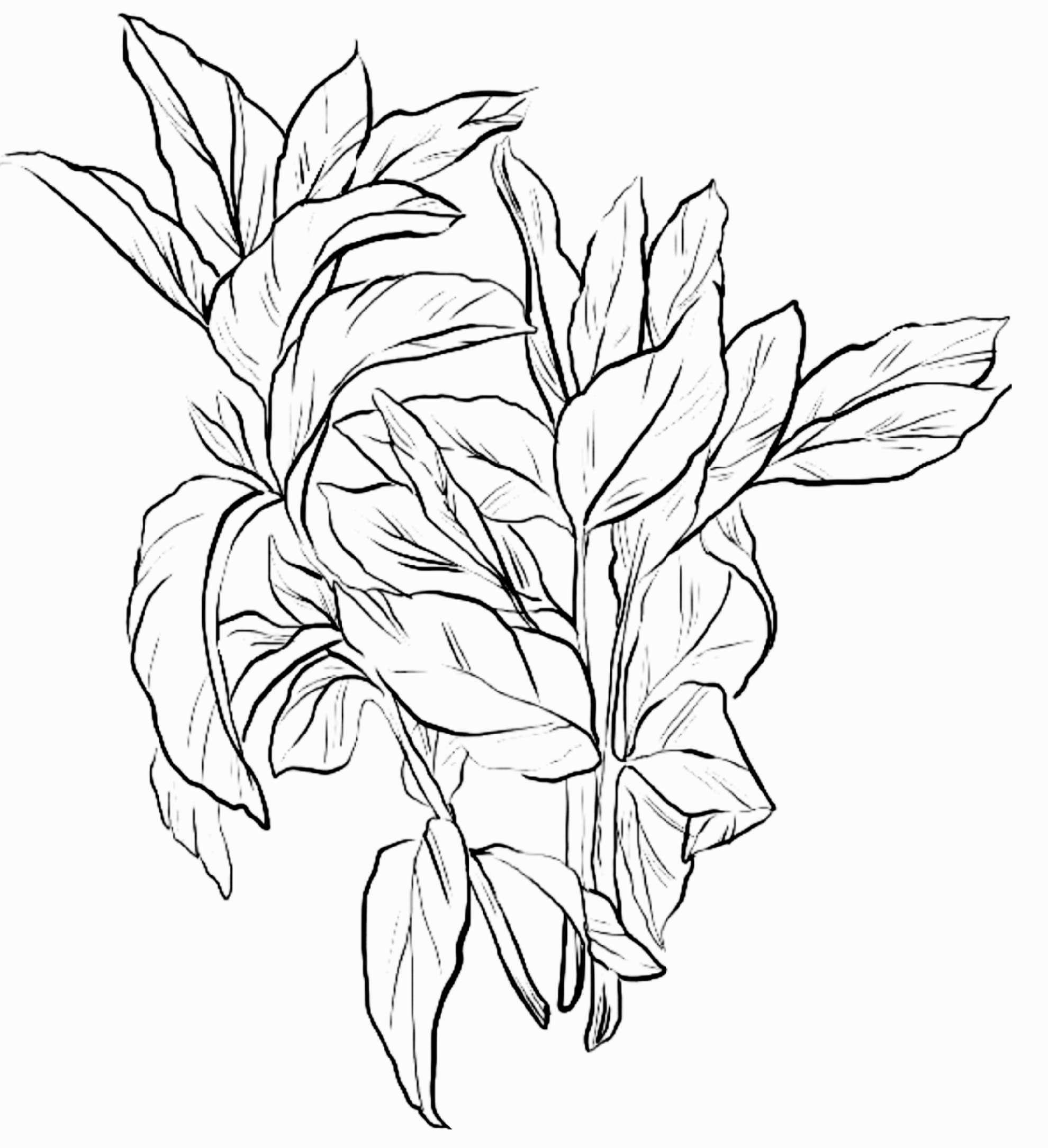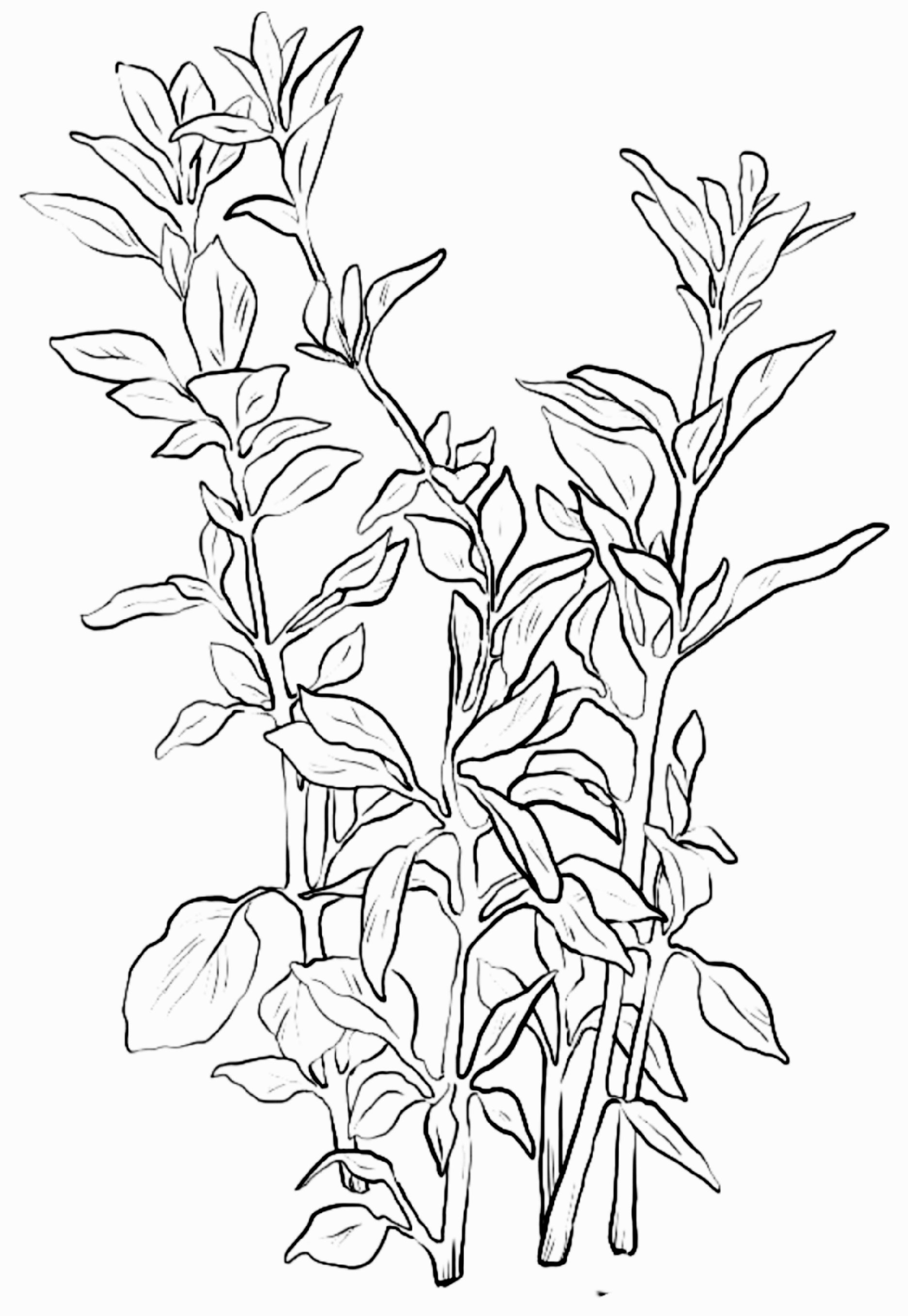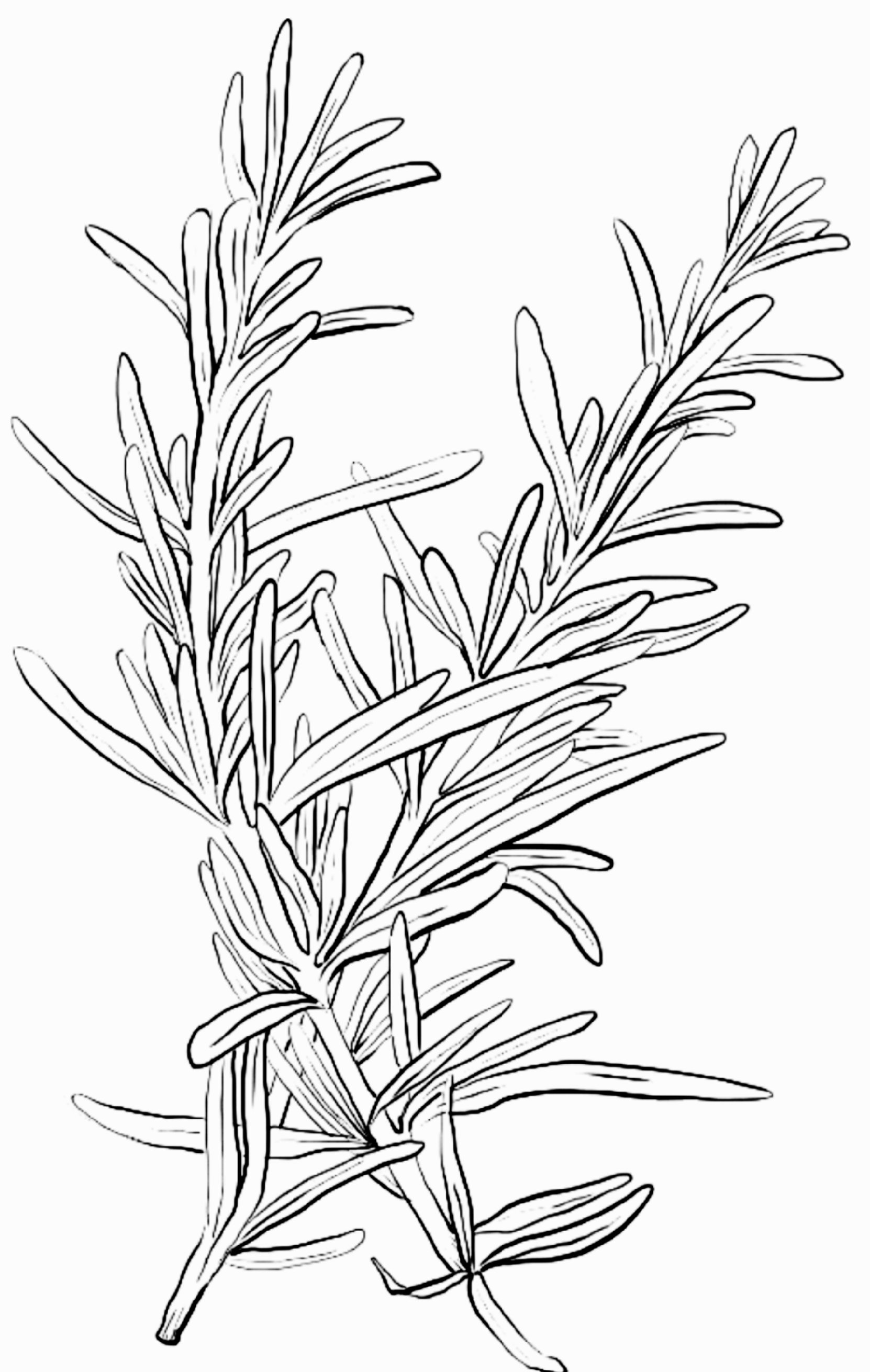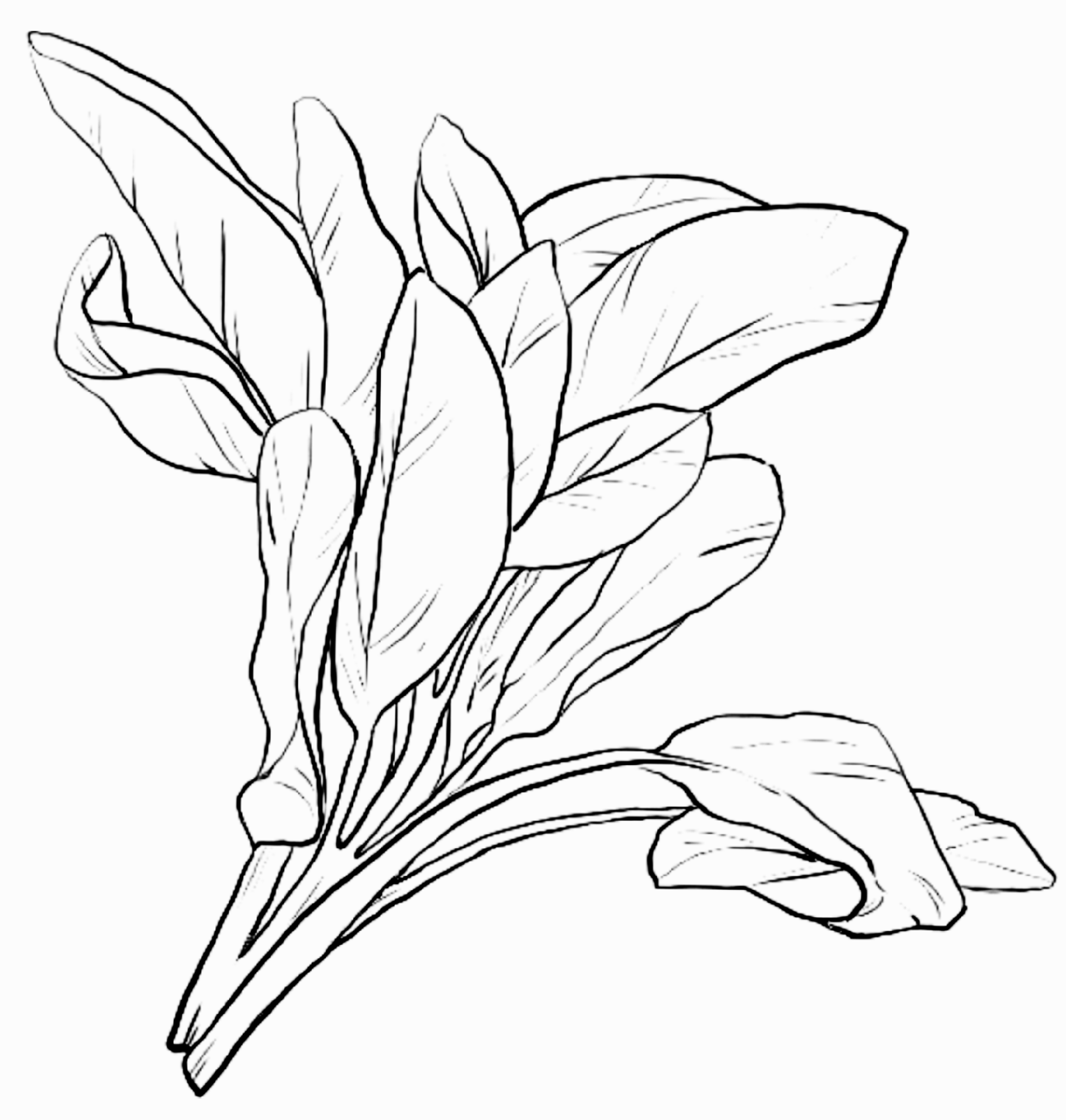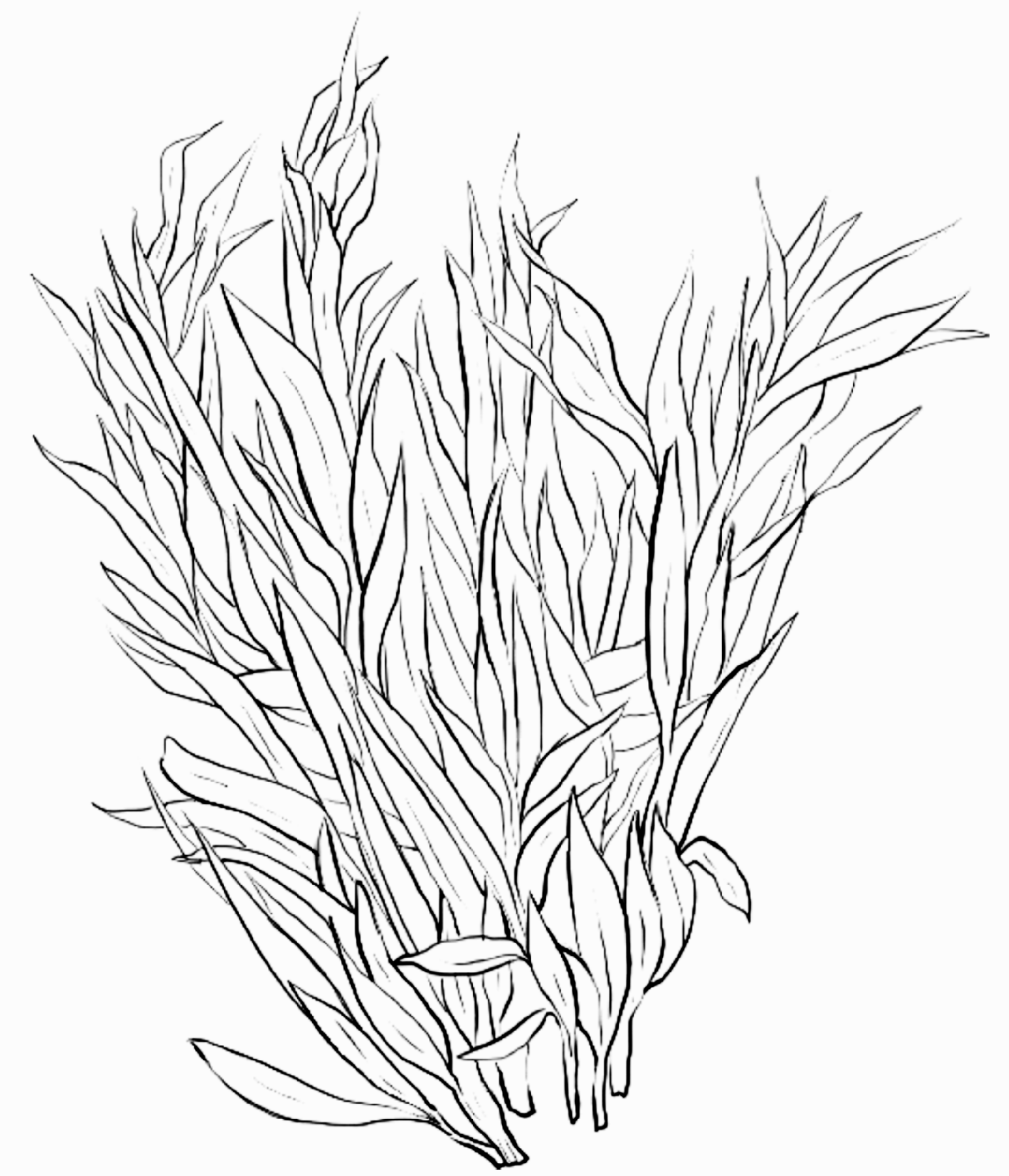Sweet Basil
Basil is one of the great culinary herbs; different varieties are used in both European and Asian cooking. Although it is a native of Asia, basil is associated with the divine on almost every continent.
Basil has antioxidant, antiviral, and antibacterial properties. It also helps lower your blood pressure.
Fresh basil goes well with tomatoes, raw or cooked. Eggplant and pepper dishes benefit from basil. Combined with garlic it gives a peppery flavor to chicken dishes and, as pesto, makes the ultimate pasta sauce. Basil vinegar would be great with a winter salad.
Using a knife to cut basil can bruise and darken the leaves. For salads and pasta sauces where appearance matters, shred the leaves with your fingers.
In cooked dishes Basil quickly loses its aroma , so add during the cooking for the depth of flavor, and then for fragrance and visual appeal, stir in a little more just before serving.
Chives
The Chinese were the first to appreciate delicately flavored chives.
Marco Polo reportedly was the first westerner to appreciate the culinary properties of this onion flavored herb. He brought news to Europe where chives quickly became popular.
Chives is a member of the onion family and can be used as a substitute for onions in recipes for a more delicate taste.
It goes well with sauces, stews, mashed vegetables such as potatoes, fish, poultry, egg dishes and salad dressing.
The delicate flavor is easily destroyed by heat, so add chives during the last few minutes of cooking time, or scatter them on a finished dish to garnish.
Dill
The essential oil found in dill seed is a key ingredient in the preparation of dill water, a popular treatment for flatulence and intestinal colic in infants and children. Dill seeds have been used to improve the flow of breast milk in breastfeeding mothers.
With a taste reminiscent of anise and parsley, the fresh leaves complement white sauces, egg dishes, seafood and chicken, salads, soups and vegetable dishes, especially potatoes. Add fresh dill to hot dishes just before serving because cooking diminishes it's flavor.
Mint
A native of Europe, mint is perhaps one of the best-known culinary herbs.
Peppermint produces notable relaxing effects on the gut and can help to relieve indigestion, nausea, gas and cramping. Clinical trials have verified a therapeutic effect of the herb on many of the symptoms of irritable bowel syndrome, including diarrhea, constipation, bloating and abdominal pain.
Try making mint tea - Steep 3 teaspoons of fresh chopped mint leaves in a cup of hot water. Sweeten to taste with honey, then sip slowly, breathing in the fragrance.
Mint is also good in any salad (fruit of vegetable) as well as with cooked veggies (during the last two minutes of cooking, add two tablespoons of fresh chopped mint to each quart of peas, green beans, carrots, or cauliflower).
Oregano
Oregano is an important culinary and medicinal herb that has been used in medicine and cooking for thousands of years - with a number of health benefits.
It is one of the top five spices in the world with one of the highest Oxygen Radical Absorbance Capacity (ORAC) scores meaning it will more effectively neutralize free radicals. It is a rich source of fiber, iron, manganese and vitamin K. The herb is used to treat respiratory tract disorders, gastrointestinal disorders, menstrual cramps, and urinary tract disorders.
Oregano works wonders in Italian dishes, which favor sweet and savory flavor combinations. It is one of the few herbs that tastes even better dried than fresh.
Rosemary
Rosemary has purifying powers. Throughout history, it has been burned to cleanse the air and clear the mind.
Known for its ability to strengthen the memory, it was given to lovers when they went out of town.
Dried in the sun and kept in drawers, it keeps clothes smelling fresh and is a natural moth repellent.
Leaves of rosemary have a cooling pinelike scent, and the strong taste can overwhelm other flavors if used too generously. It complements similarly strong flavors such as wine and garlic; also good when used in breads and potatoes; meats; vegetables such as eggplant, zucchini. Also used in stuffings, soups and stews; or in olive oil to flavor it.
Sage
Sage was so valuable to the Chinese during the seventeenth century that they were willing to trade three barrels of premium tea for one barrel of dried sage leaves. No price was too high for the herb known across the world for its powers of longevity. The root name 'saliva' means to be in good health or to cure. Romans considered the herb sacred and used it only for the most holy of ceremonies.
Sage is famous for it's antiseptic properties, which makes it invaluable for use both as a gargle and a mouthwash. It also acts as a circulatory and mild digestive stimulant.
Sage is a popular culinary herb. It is traditionally used with onion in stuffings, beans, eggplant, tomato-based sauces, casseroles and soups.
Tarragon
It is hard to think of French cuisine without Tarragon. Béarnaise sauce would hardly be béarnaise sauce without this essential ingredient. The French are even responsible for its name, which means little dragon. The dragon connection may have come from tarragon's fiery tang and its intensive root system. Or perhaps from the 13th century belief that tarragon can cure the bites of venomous creatures!
Tarragon has a strong and distinctive flavor, and must be used sparingly, especially as it is usually associated with delicate dishes such as chicken, white fish, creamy sauces.
Thyme
Thyme has a powerful ability to kill off bacteria and viruses and should be taken at first signs of a cold or illness. It is a rich source of several essential vitamins such as vitamins A, E, C, K, B-complex and folic acid. It is also one of the best sources of calcium, iron, manganese, selenium, and potassium. Thyme contains antiseptic, antiviral, antibacterial properties which support healing through entire body. Thyme is vital to help stimulate memory, prevent nightmares and melancholy, ease headache and muscle tension, south coughs, relieve fevers, fight colds and infections.
Thyme is a great purifying herb for digestive tract. It also has some of the highest antioxidant levels among herbs.
Consider using more fresh thyme in your food by adding it to soups, salads, guacamole, vegetables, potatoes, rice. It withstands slow cooking in stews, where it blends easily with garlic, onion and brandy or red wine to give a deep aroma. Thyme also makes a powerful and very healing tea.
Bay Leaves
According to folklore, a bay tree in the garden or at the front door keeps away evil as well as thunder and lightning.
Bay has long been considered a herb of strong magic, able to attract good fortune and wealth.
Sweet bay is indispensable in French and other Mediterranean cookery. The tough leaves withstand long cooking, so use them in soups and stews. Apart from meat and fish, they go well in dishes that contain lentils or beans. Two leaves are sufficient in a dish that serves six people.
Hierba Santa (hoja santa)
Aromatic herb with a heart-shaped, velvety leaf. The name hoja santa means "sacred leaf" in Spanish.
Popularized from the hispanic community to the native american Ojibwe tribe in Canada for many herbal remedies. Rumored to relieve symptoms of Bronchitis or flu, intestinal parasites and diarrhea.
Also strengthen hair, skin and nails!
It is often used in Mexican cuisine for tamales, fish or meat wrapped in fragrant leaves for cooking.
